Special microphones
A wide variety of highly specialised microphones are also available from Thomann. These include stereo microphones, 3D/VR microphones, boundary microphones, and measurement microphones as well as a range of mics that are designed for recording very specific instruments.
Pre-configured complete microphone sets, some of which include stands or microphone clips, are available for a range of different applications. Drum microphones are just one example, with tom and snare microphones frequently equipped with retaining clips. Bass drum microphones (or "kick microphones") in turn are attuned to capture the sonic characteristics of large-sized drums.
When it comes to instrument microphones, there is an immense selection of models available that are designed specifically for bowed string instruments like violins, as well as for guitars, wind instruments, and others. And the correct microphone clip often makes all the difference - an excellent example of this is the Ovid system from the t.bone.
Important microphone manufacturers
There are several microphone manufacturers that users should be familiar with if they are planning to buy one, some of whom have been instrumental in the development of modern microphone technology.
Neumann, for example, has been manufacturing condenser microphones for decades, and several of its models have achieved legendary status. Like Neumann, Sennheiser and Beyerdynamic are also German brands, but are more well known for their dynamic microphones. Shure is another brand that cannot go unnoticed, with models like the Shure SM58 known almost universally. Australian brand Røde has also made a name for itself over the last few years thanks to its affordable yet high-quality microphones. Japanese manufacturer Audio-Technica boasts a similar profile, and its range of products is also immensely popular among buyers. And of course, high-quality microphones are available at extremely attractive prices from Thomann's in-house brand the t.bone and others.
Microphone accessories
In addition to the microphones themselves, Thomann also offers a whole range of dedicated accessories, including stands, booms and boom arms, and microphone clips for microphones that are not held in the user's hand or supplied with these items already, as well as shock mounts, wind shields, and pop filters for preventing unwanted noise. Microphone cables in turn are also available in every conceivable length, quality class, and price point. Thomann additionally offers a wide range of acoustic elements for studio environments, including acoustic screens and vocal recording booths, as well as all manner of external mic preamps - though it should be noted that many modern audio interfaces come with these on board.

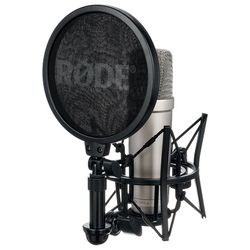
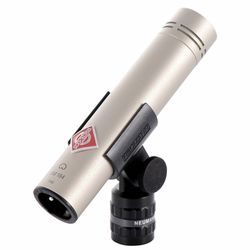
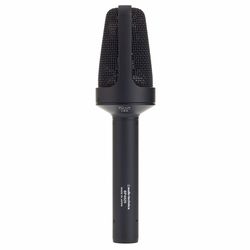
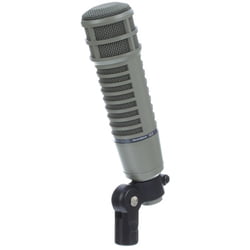


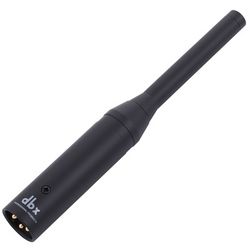
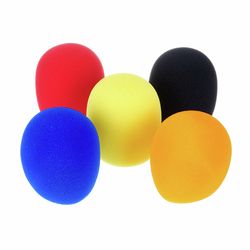

)
)